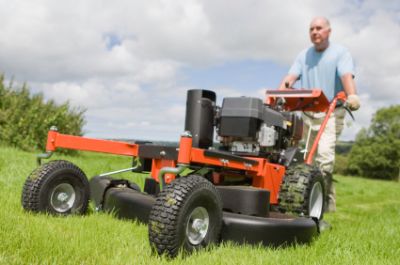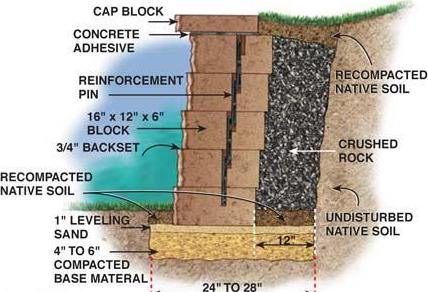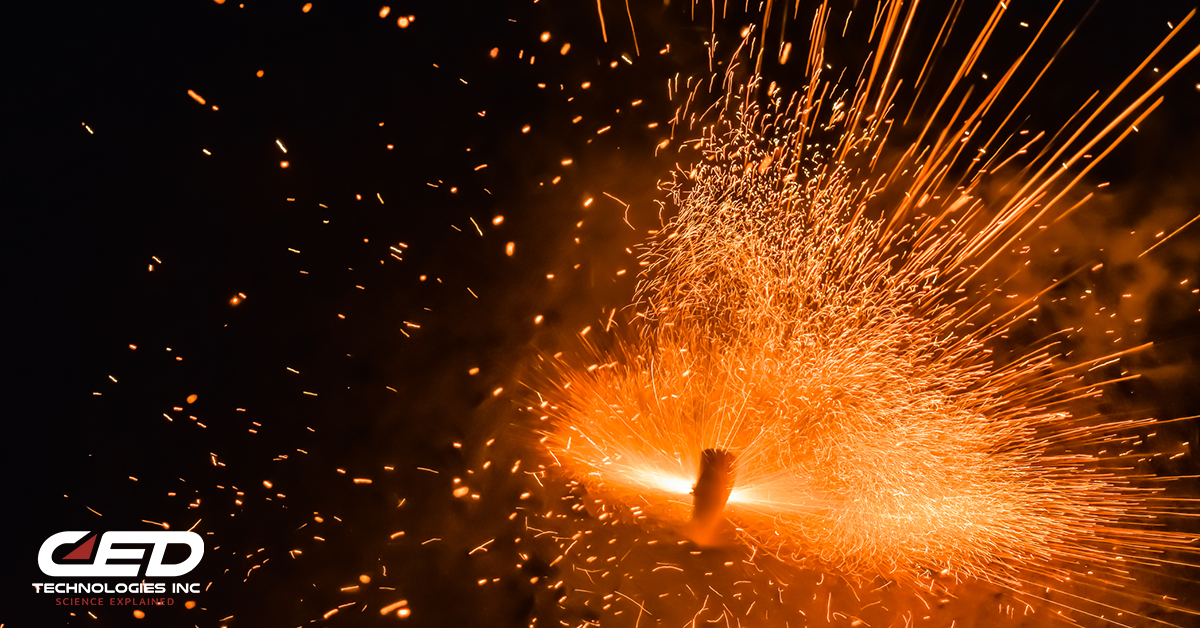Injuries stemming from Lawn Mower Accidents are often described as “freak accidents.” From flying debris to equipment rolling off retaining walls, mower accidents can seem surreal. Mower victims often think that their personal injury case might be one in a million, but the reality is that mower accidents are quite common. Across the U.S., lawn mower accidents occur on a daily basis. Almost 80,000 people visit the emergency room annually as a result of lawn mowing accidents, and approximately 1,400 require hospitalization. On average, lawn mower accidents cause 95 fatalities annually. These statistics suggest that two out of every 1000 emergency room visits related to personal injury are the direct result of lawn mower injuries. Lawn mowers can cause bodily injury and property damage, both of which may lead to costly insurance claims and litigation.
‘Human Factors' is an expertise not universally understood and often comes into play with lawn mower accidents. The hierarchy of safety is known as ‘Human Factors' and includes the focus of designers and manufacturers of equipment to eliminate hazards. When hazards cannot be eliminated, the hierarchy directs guarding, warning, and possibly training for hazard awareness, when reasonable. Some engineering experts have expertise in ‘Human Factors' and can evaluate appropriate design safeguards on products such as lawn mowing equipment. Perhaps equally important, as called out in this article, ‘Human Factors' experts can evaluate ‘misuse' of products and how that may have contributed to the incident.
Mowers are prone to falling off retaining walls or rolling down ditches if operators venture to close to steep declines. Wet grass can lead to excessive mower tire slippage for riding mowers and slippage of operators for push mowers. Operators should never allow passengers to ride on the back of riding lawn mowers as this poses a serious fall hazard. Proper training on equipment functions and an understanding of the operator’s manual provide very beneficial information in limiting injuries. Properly preparing the lawn areas for mowing, including clearing all debris (e.g., sticks, stones, tennis balls, etc.) is essential. Proper preparation may also include clearing the general areas of all bystanders who could be in the path of flying objects.
Lawn mower operators often neglect safety warnings and regulations designed to prevent injury. Most lawn care equipment manufacturers recommend the use of personal protective equipment (PPE). This includes wearing gloves to reduce small cuts and abrasions to the hands, the use of protective eye goggles, and the use of either earplugs or earmuffs to prevent hearing loss. Investigations into operator mower injuries often reveal the lack of PPE at the time of the incident.
Mower manufacturers strategically place warning signs on the mower to limit injury. These warning signs are meant to ensure that certain forms of protection remain in place. This includes: mower guards that limit the amount debris sprayed, guards that shield belts and pulleys, recommended PPE, recommended lawn preparation techniques, recommended safe-mowing techniques, and rollover protection. Many tractor or pull-behind mowers are equipped with several standard safety features. Namely, the tractor has a seat contact switch (“dead man's switch”), which is located between the seat suspension and the seat frame. This switch prevents engine startup/running when the seat is unoccupied. Additional safety features include a clutch safety switch and neutral safety switch, which require the clutch to be disengaged and the transmission to be in the neutral position for the engine to start.
The Occupational Safety and Health Administration (OSHA) regulate rollover protections structures (ROPS) on various types of mowers. Additional OSHA specifications require seat belts on some configurations. OSHA addresses landscaping and horticulture hazards in specific industry standards. The American National Standards Institute (ANSI) and the Outdoor Power Equipment Institute (OPEI) teamed up to produce a voluntary safety standard titled ANSI B71.1-1999, pertaining to both walk-behind mowers and ride-along machine mowers.
‘Human Factors' experts evaluate the design of products, safety features, application of appropriate standards and codes, as well as the possible contribution of ‘misuse' by parties involved in the incident to ensure all contributing factors are evaluated in the analysis of the case. To find out more how a Human Factors expert can be of support to your case, contact CED at (800) 780-4221 or info@cedtechnologies.com.
Featured Engineer: GRANT R. BEVILL, Ph.D., P.E. Biomechanical Engineer/Mechanical Engineer
Submit a case or claim online.
Contact a CED Engineer in your region.






